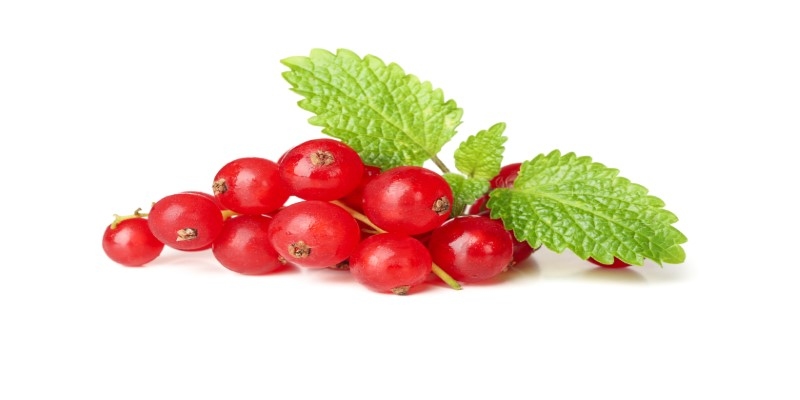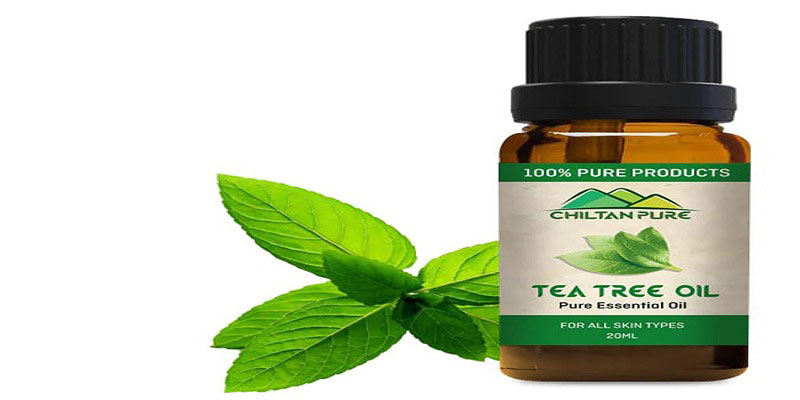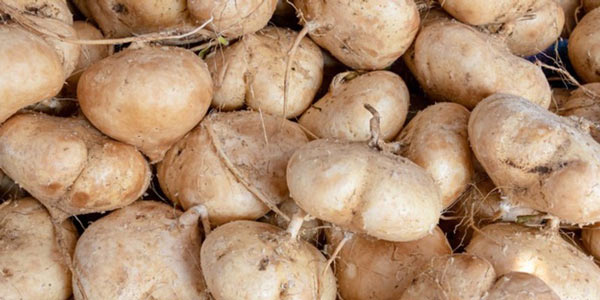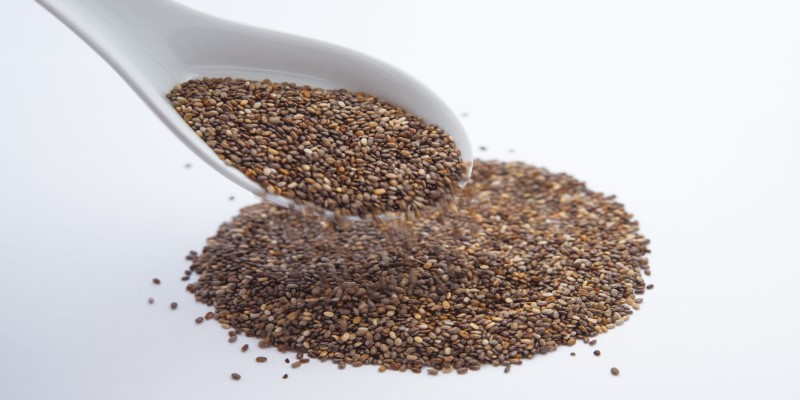
Cranberries are small, tart fruits native to North America and are widely recognized for their vibrant colour and unique flavour. These berries have been consumed for centuries and are celebrated not only for their taste but also for their numerous health benefits.
From being a staple ingredient in traditional Thanksgiving dinners to their role in modern culinary creations, cranberries have earned a special place in food and nutrition. This comprehensive guide will explore everything you need to know about cranberries, including their origins, nutritional value, health benefits, culinary uses, and more.
Origins and Cultivation of Cranberries
Cranberries belong to the genus Vaccinium and are closely related to other berries like blueberries and bilberries. They grow on low-lying vines in acidic, sandy soils, primarily in the northern regions of the United States and Canada. Native American tribes were among the first to harvest and use cranberries, utilizing them for food, medicine, and dye. Early settlers also recognized the value of cranberries and incorporated them into their diets.
Commercial cultivation of cranberries began in the early 19th century, with Massachusetts being a prominent region for cranberry production. Cranberries are cultivated in various parts of North America, including Wisconsin, New Jersey, Oregon, and British Columbia.
The cultivation process typically involves planting vines in specially prepared bogs or marshes, where they thrive in acidic, soggy conditions. Harvesting usually occurs in the fall, with the berries either dry-picked or wet-harvested using flooding techniques.

Nutritional Profile
Cranberries are delicious and packed with essential nutrients that contribute to overall health and well-being. They are low in calories and fat while rich in vitamins, minerals, and antioxidants. A one-cup serving of fresh cranberries contains approximately:
- Calories: 46
- Carbohydrates: 12 grams
- Fiber: 4 grams
- Vitamin C: 16% of the Recommended Daily Allowance (RDA)
- Vitamin E: 6% of the RDA
- Vitamin K: 11% of the RDA
- Manganese: 20% of the RDA
Additionally, cranberries are a good source of various phytonutrients, including flavonoids and phenolic acids, which possess antioxidant and anti-inflammatory properties. These compounds contribute to the health benefits associated with cranberries, making them a valuable addition to any diet.
Health Benefits
Cranberries have garnered prolonged admiration for their potential health advantages, which are attributed to their remarkable nutritional composition and distinctive phytochemical makeup. Here are some of the key health benefits associated with consuming cranberries:
Urinary Tract Health
Cranberries contain compounds known as proanthocyanidins, which have been studied for their ability to prevent urinary tract infections (UTIs). These compounds may help prevent bacteria, such as E. coli, from adhering to the urinary tract lining, reducing the risk of infection.
Heart Health
The antioxidants found in cranberries, particularly flavonoids and polyphenols, may help promote heart health by reducing inflammation and oxidative stress. Consistent intake of cranberries has been associated with reduced LDL (low-density lipoprotein) cholesterol levels and enhanced cardiovascular function.
Digestive Health
The fibre content in cranberries supports digestive health by promoting regularity and preventing constipation. Additionally, the antioxidants in cranberries may help reduce the risk of digestive disorders and protect against certain gastrointestinal infections.
Immune Support
Vitamin C, an essential nutrient in cranberries, supports the immune system. Regular consumption of cranberries can strengthen the immune system and protect against common ailments such as colds and influenza.
Anti-Inflammatory Effects
Several studies support the potential anti-inflammatory effects attributed to the antioxidants present in cranberries. These attributes may contribute to diminishing the probability of encountering chronic ailments such as arthritis, diabetes, and specific forms of cancer. By incorporating cranberries into one's diet, individuals may harness these benefits for overall health and well-being, aligning with a proactive approach to disease prevention.
Dental Health
Cranberries contain compounds that inhibit bacteria growth, potentially reducing tooth decay and gum disease risk. Their antioxidants may prevent bacteria from adhering to teeth and gums, promoting oral health.
Skin Benefits
Cranberries' antioxidants, including vitamin C, protect the skin from damage, promoting collagen production and reducing inflammation for healthier, more radiant skin. Skincare products often use cranberry extract for its anti-ageing and moisturizing properties.

Culinary Uses
Cranberries are incredibly versatile and can be enjoyed in various sweet and savoury culinary applications. While they are perhaps best known for their role in Thanksgiving dishes like cranberry sauce and stuffing, cranberries can also be used in salads, desserts, beverages, and savoury sauces. Here are some popular ways to incorporate cranberries into your cooking:
Cranberry Sauce: A classic accompaniment to roast turkey, cranberry sauce simmers cranberries with sugar and water until they burst and thicken into a sweet-tart sauce.
Baked Goods: Cranberries add flavour and colour to baked goods like muffins, scones, bread, and cookies. Dried cranberries are often used in baking, but fresh or frozen berries can also be used with excellent results.
Salads: Fresh or dried cranberries make a delicious addition to salads, adding a sweet-tart contrast to leafy greens, nuts, cheese, and vinaigrettes.
Beverages: Cranberry juice is a popular choice, either enjoyed on its own or mixed with other juices or sparkling water. Cranberry cocktails, smoothies, and mocktails are also refreshing options.
Savoury Dishes: Cranberries can add flavour and complexity to savoury dishes like poultry, pork, and wild game. They pair well with balsamic vinegar, rosemary, thyme, and orange zest.
Besides their culinary applications, cranberries are accessible in dried, juice, and supplement formats, facilitating the consumption of their health advantages throughout the year.
Conclusion
Cranberries extend beyond mere gustatory delight, serving as nutritional powerhouses with vitamins, minerals, and antioxidants. From supporting urinary tract health to promoting heart health and boosting immunity, cranberries offer a range of potential health benefits.
Cranberries, whether consumed fresh, dried or in juice form, exhibit versatility as an ingredient suitable for integration into a diverse array of dishes. So next time you're looking for a flavorful and nutritious addition to your diet, consider reaching for some cranberries and reap their many rewards.



